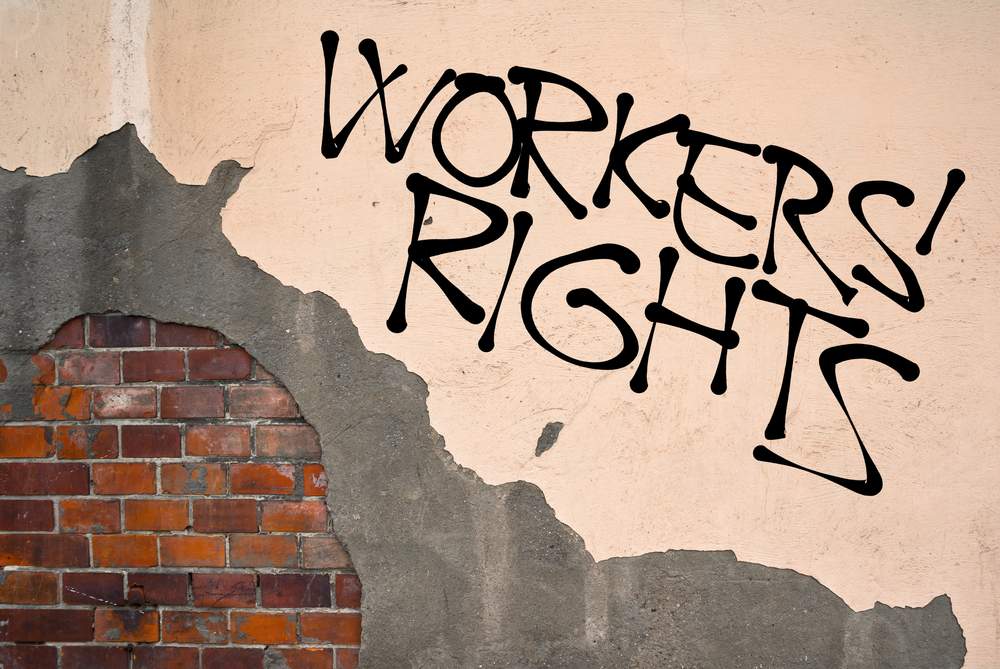Uber has lost its battle in the Supreme Court over drivers’ rights – a decision that could have far-reaching implications for millions of people working in the gig economy.

Back in November 2017 we reported that the Employment Appeal Tribunal (EAT) rejected taxi firm Uber’s attempt to overturn the 2016 Employment Tribunal (ET) ruling that two drivers who were employed as gig-economy contractors by Uber should have been classed as ‘workers’ under the Employment Rights Act 1996, not as self-employed. At the time, Uber made it clear that they intended to appeal and after failing to overturn the EAT’s decision at the Court of Appeal, the case was heard by the Supreme Court on 21 and 22 July 2020.
Supreme Court Judgement in the Uber Case
On 19 February 2021, Uber’s lengthy legal battle to overturn the 2016 Employment Tribunal (ET) decision finally came to an end when the Supreme Court issued its Judgement. The UK’s highest court unanimously ruled against Uber and concluded drivers should be classed as workers, not independent third-party contractors, which means they are entitled to basic employment protections, including minimum wage and holiday pay.
In the 42-page Judgement, the court rejected Uber’s argument that it merely acted akin to a booking agent for drivers, noting that the company would have no means of performing its contractual obligations to passengers (nor complying with its regulatory obligations as a licensed private hire vehicle operator) — “without either employees or subcontractors to perform driving services for it”.
The Full Supreme Court Judgement
Implications the Supreme Court Judgement Will Have for Other Employers
The Supreme Court’s judgement is likely to cause massive implications as other companies with large self-employed workforces may now face very similar action, particularly companies like Deliveroo and UberEats who engage drivers to deliver food. It is expected that organisations who have adopted a similar model to Uber will now discover that they owe a substantial amount more to their workers, such as paid annual leave, national minimum wage and sick pay.
Understanding Employment Status
An increase of atypical contracts has effectively blurred the lines between self-employed and employed status and so employers should be very careful when entering into any sort of working relationships. A basic explanation of each status/category is as follows:
Employee: Under section 230(1) of the Employment Rights Act 1996 (ERA 1996) an employee is defined as “an individual who has entered into or works under (or, where the employment has ceased, worked under) a contract of employment”. Under section 230(2) of ERA 1996, a contract of employment means “a contract of service or apprenticeship, whether express or implied, and (if it is express) whether oral or in writing”.
Worker: A worker is defined under section 230(3) of ERA 1996 as an individual who has entered into or works under (or, where the employment has ceased, worked under) a contract of employment; or any other contract, whether express or implied and (if it is express) whether oral or in writing, whereby the individual undertakes to do or perform personally any work or services for another party to the contract whose status is not by virtue of the contract that of a client or customer of any profession or business undertaking carried on by the individual.
Self-Employed: A person is self-employed if they run their business for themselves and take responsibility for its success or failure and they aren’t paid through PAYE.
Significance of Making the Correct Distinction
The distinction between the three categories is significant for a number of different reasons, including the following:
1) Employers and employees have obligations that are implied into the contract between them (for example, the mutual duty of trust and confidence). Some core legal protections only apply to employees, most particularly the rights on termination of employment granted under ERA 1996 (the right not to be unfairly dismissed and the right to receive a statutory redundancy payment). As mentioned above (see Worker status), workers enjoy limited protection under employment law.
2) Only employees are covered by the Acas Code of Practice on Disciplinary and Grievance Procedures
3) Only employees will be automatically transferred to any purchaser of their employer’s business under the Transfer of Undertakings (Protection of Employment) Regulations 2006 (SI 2006/246).
4) The tax and social security treatment of a person providing services depends on their status.
5) An employer is vicariously liable for acts done by an employee in the course of their employment. This vicarious liability is unlikely to extend to independent contractors or self-employed individuals.
6) An employer is required to take out employer’s liability insurance to cover the risk of employees injuring themselves at work. Self-employed individuals or independent contractors may not, in every case, be covered by this insurance and may want to consider entering into appropriate insurance for their own benefit.
7) Employers owe employees statutory duties relating to health and safety. Independent contractors may not be covered under these duties although they will be covered under the employer’s common law duty of care in respect of occupier’s liability.
We have previously commented on the importance of understanding Employment Status, the risk of getting it wrong and what you can do to avoid the risks.
Advice & Guidance for Employees & Employers
Employees, workers and self-employed workers enjoy a variety of different legal entitlements, and since many of these rights form the basis of the employment status, the consequences of getting an individual’s employment status wrong should not be underestimated.
 Advice on Settlement Agreements Employees
Advice on Settlement Agreements Employees Advice on Settlement Agreements Employers
Advice on Settlement Agreements Employers